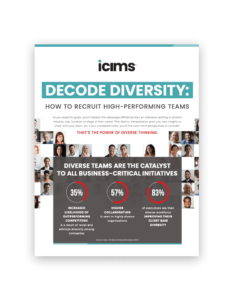

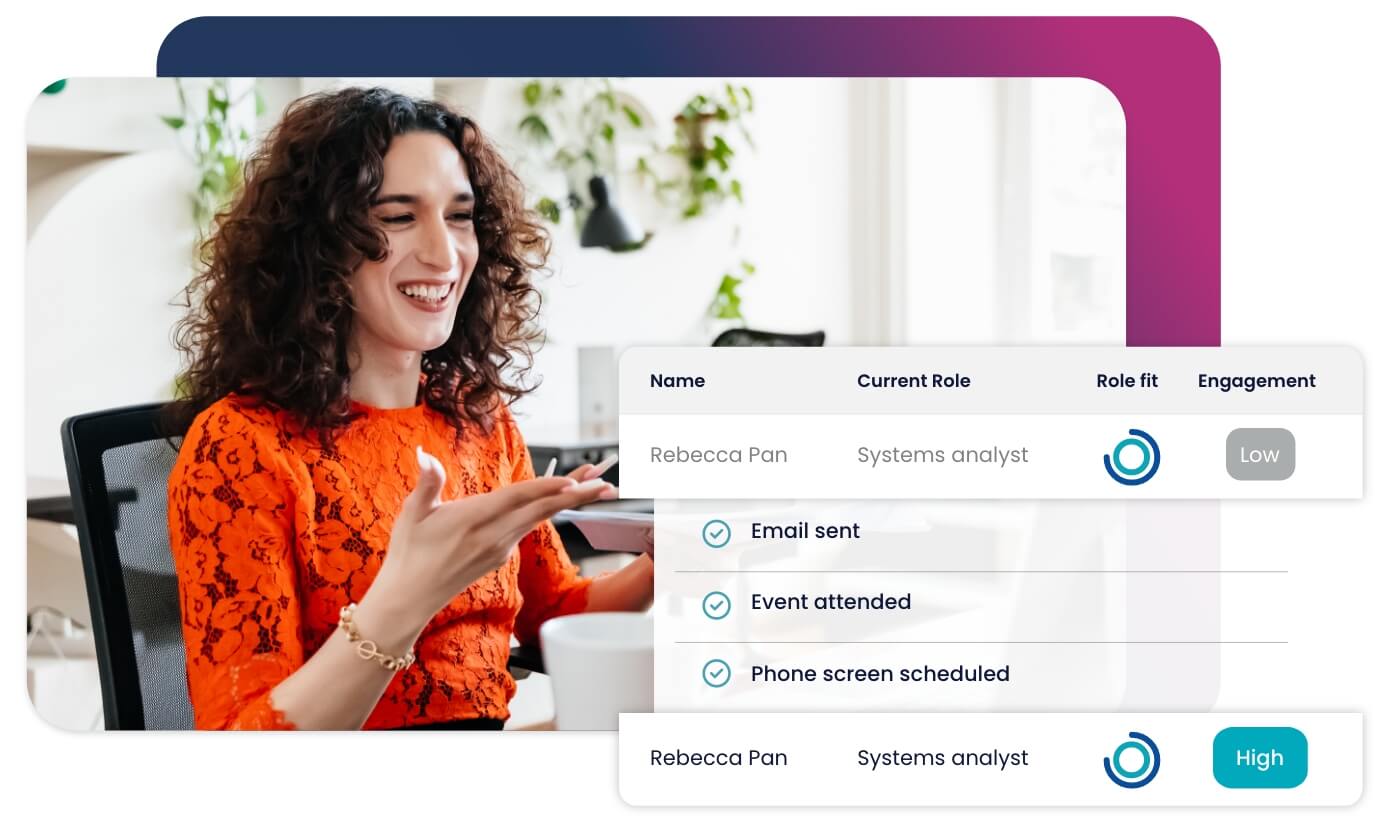
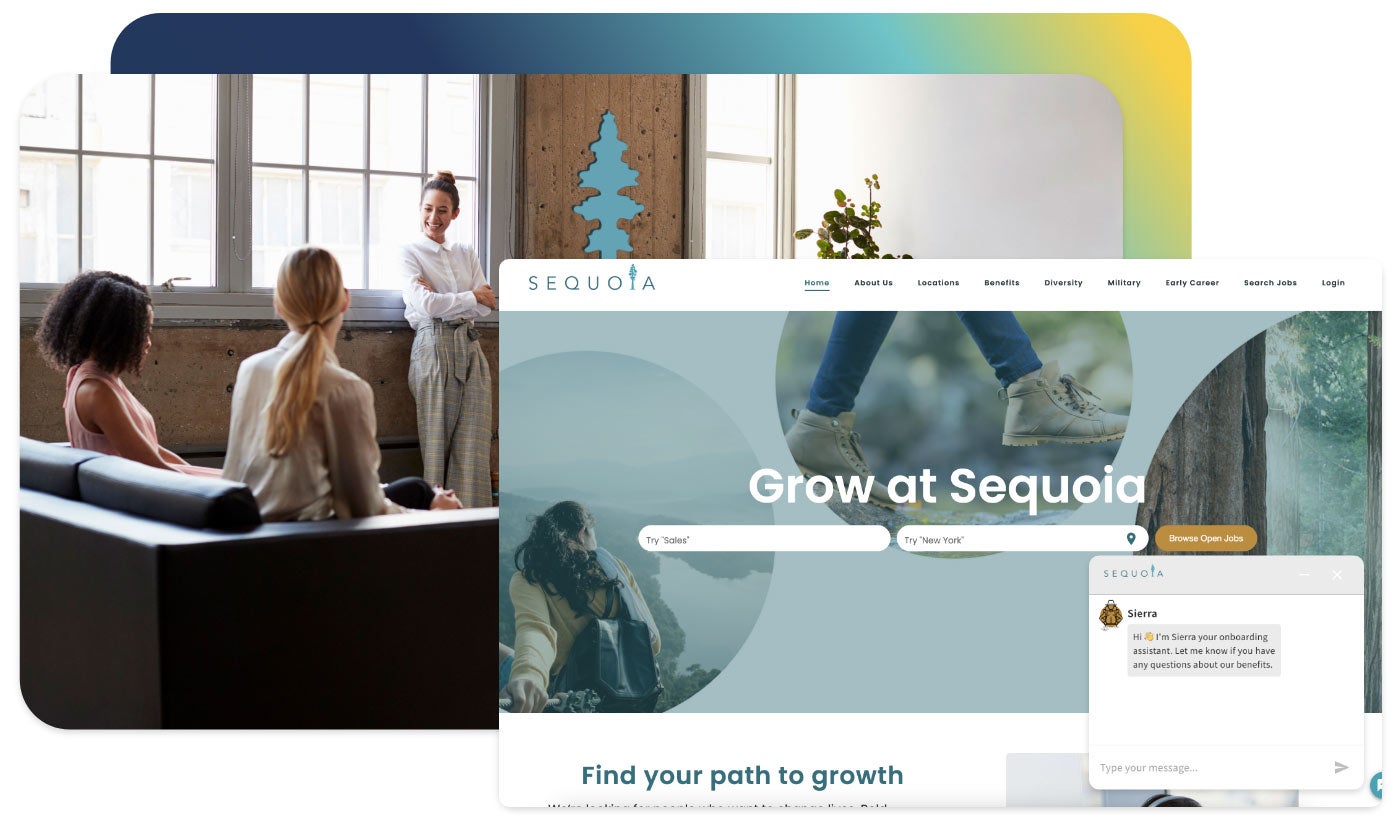


Accelerate hiring key talent to deliver care and exceed patient satisfaction.

Attract skilled candidates, speed up hiring and grow expertise in your workforce.

Simplify recruiting finance and banking talent with a platform for hard-to-fill roles.


Build a talent pipeline that engages and drives your business forward.


See how diverse and global enterprises use iCIMS to employ millions, drive innovation and connect communities worldwide.

Uncover unique market insights, explore best practices and gain access to talent experts across our library of content.


View press releases, media coverage, the latest hiring data and see what analysts are saying about iCIMS.


Streamline your tech stack and take advantage of a better user experience and stronger data governance with ADP and iCIMS.
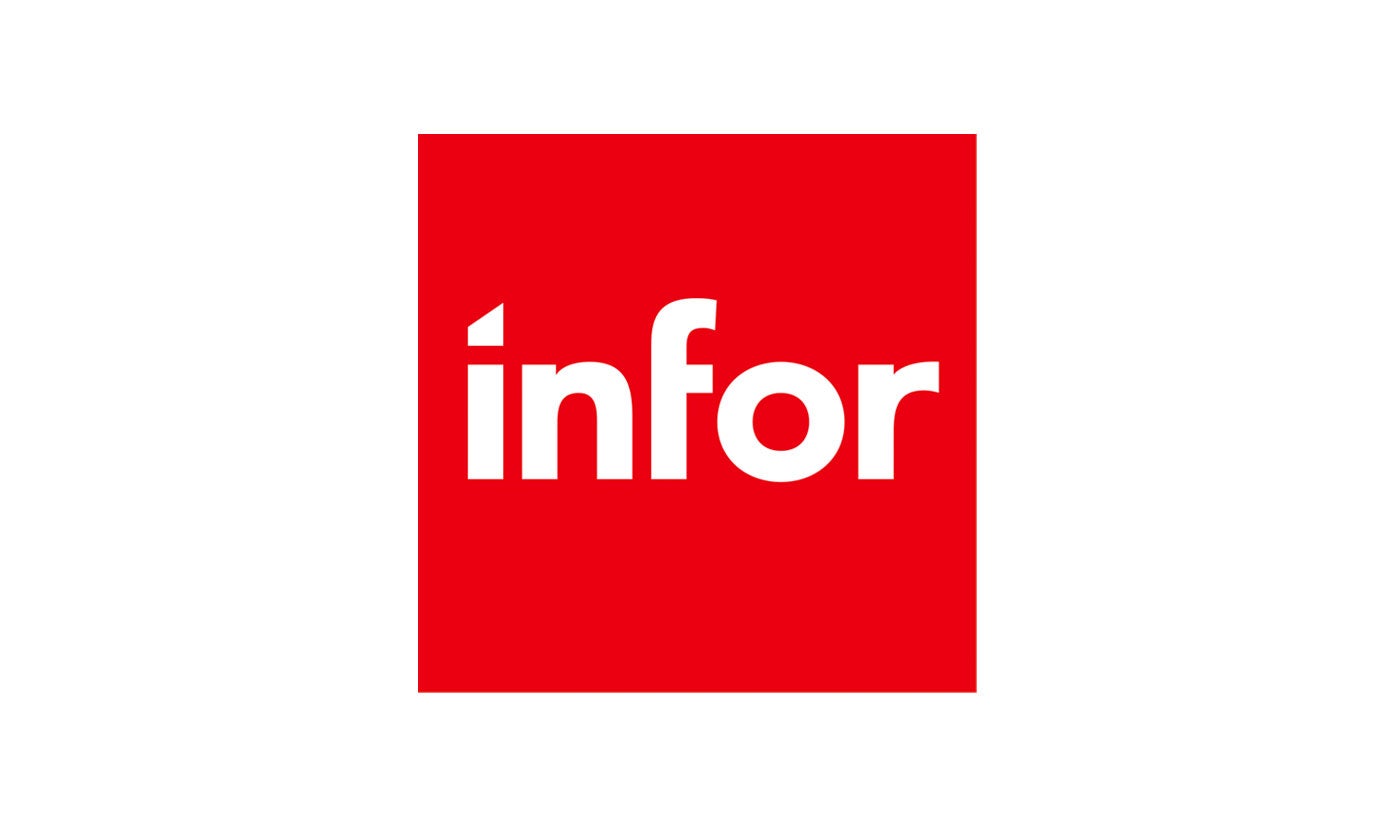
The combined power of iCIMS and Infor helps organizations strategically align their business and talent objectives.

Our award-winning partnership with Microsoft is grounded in a shared desire to transform the workplace and the hiring team experience.
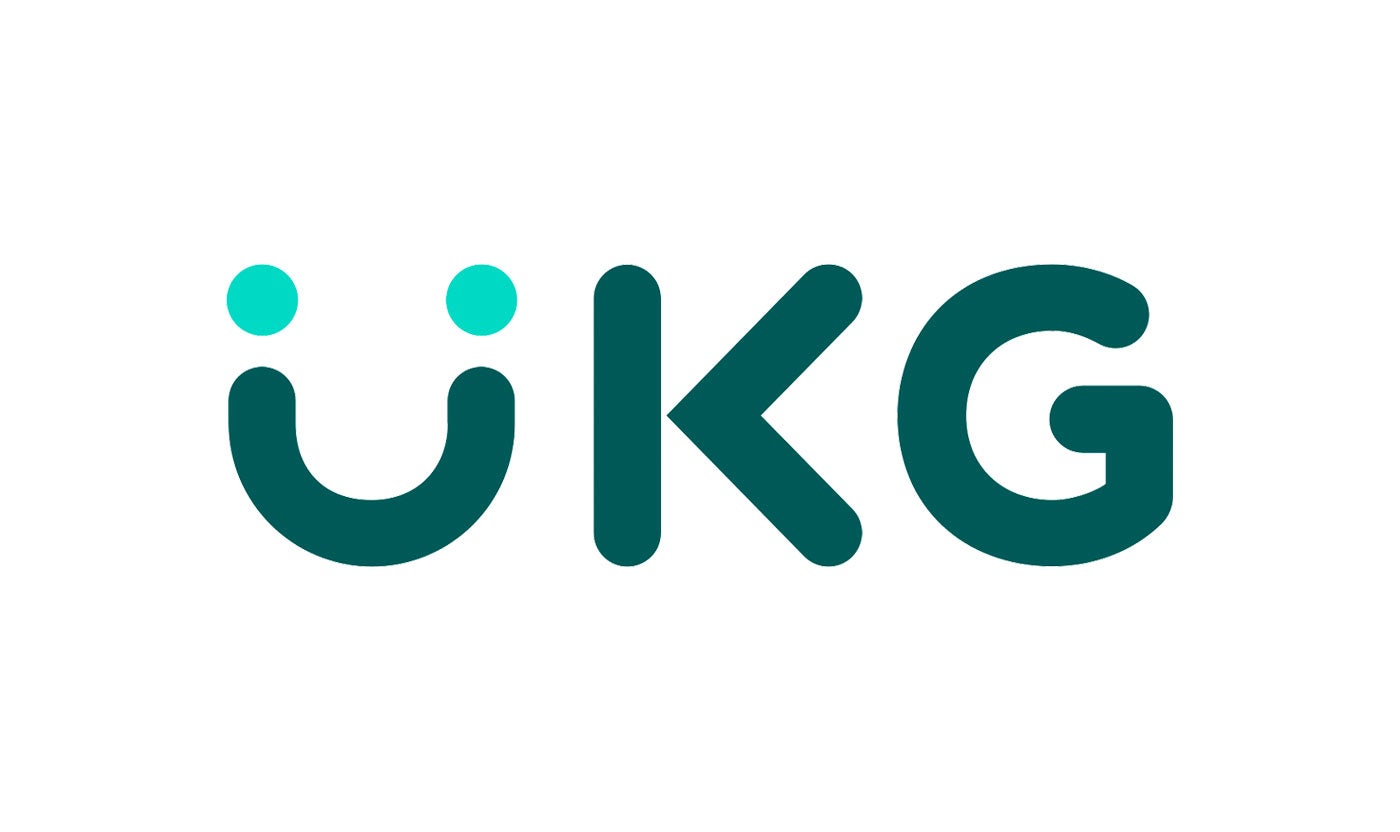
Our partnership with Ultimate Kronos Group (UKG) supports the entire talent lifecycle by bringing frictionless recruiting solutions to UKG Pro Onboarding.

There’s a disconnect between vision and reality when it comes to pay transparency. 67% of organizations say it is increasingly important (WorldatWork, 2020). However, only 23% of workers believe their company practices pay transparency and compensation fairness (Salary.com, 2022). Why the discrepancy?
In short, talent organizations fear negative effects on morale, increased turnover, and decreased offer acceptance rates. They might be asking themselves: What if people see that their salary is much lower than others and complain without knowing the context around skills and experience? What if top employees leave because they don’t negotiate the salary that others have? What if external candidates decline the offer after hearing the compensation?
That line of questioning can hold TA teams back from creating a diverse, equitable, and inclusive workforce.
While it may take time to shift your leadership team’s perspective on building diversity, pay transparency practices can lead to a higher performing, more inclusive workforce in the long run.
Here’s what you can expect if your organization adopts pay transparency practices:
Contrary to common fears about pay transparency, the practice can help reduce turnover and encourage employees to expand their careers at your organization—rather than somewhere else. 79% of employees want some form of pay transparency in their organization (Visier, 2022), and 60% of employees would switch to a company with pay transparency (Beqom, 2022).
It’s also possible that salary data would open conversations about what skills and experience employees need to move to the next level in their careers. However, you’ll need to address any pay inequity before having those conversations. A blog post from the U.S. Department of Labor said that in 2020 women’s annual earnings were 82.3% of men’s. That gap is even wider for BIPOC women.
It’s unethical to use salary information as a dangling carrot to get people to improve their performance if you haven’t evaluated how you compensate your employees from historically excluded groups. So, the first step toward pay transparency is to address your areas of improvement.
Many candidates get to know your employer brand through your career site, so it’s important that it reflects how much you value diversity, equity, and inclusion. 1 in 3 job seekers won’t apply to a job if the organization doesn’t seem diverse and inclusive (Glassdoor), so TA teams may be unknowingly deterring diverse talent. To create pipelines that help meet DEI goals, start with the job description. Along with editing the language to avoid excluding any races, ethnicities, genders, disabled folks, or veterans, adding the salary or salary range to your job listings may boost the conversion of diverse career site visitors.
Organizations that list salary ranges for each role were more likely to use inclusive language in the job description. According to Textio, an iCIMS partner, in 2021, job posts that included the salary used 83% more language that appealed to female job applicants than posts without it. Also, job descriptions from 2021 that included salary information were 50% more likely to use language that engaged all generations. This may be due to the idea that companies with a culture of transparency holistically have a more inclusive approach across the hiring process. Adding compensation information to your job descriptions can be a stepping stone toward a more equitable funnel overall.
If you were to add a salary range to your job descriptions, you might deter some candidates. That doesn’t have to be a problem, though. As a result, your recruiters can reduce the time spent on candidates whose salary expectations don’t match theirs.
Plus, it can help you improve your phone screen conversion statistics for candidates from historically excluded groups (HEGs). You can’t build a diverse workforce without diverse pipelines and interview slates, so this quick change can help you achieve your goals faster—with minimal effort.
You’re not alone if you’re overwhelmed just thinking about making this organizational shift. The “what ifs” don’t have to stop you. Just remind yourself and your leadership that pay transparency is crucial to build, retain, and sustain a workforce that lives its DEI values.
Learn more about creating a more diverse workforce and inclusive culture by downloading our ebook, Decode Diversity: How to Recruit High-Performing Teams.
